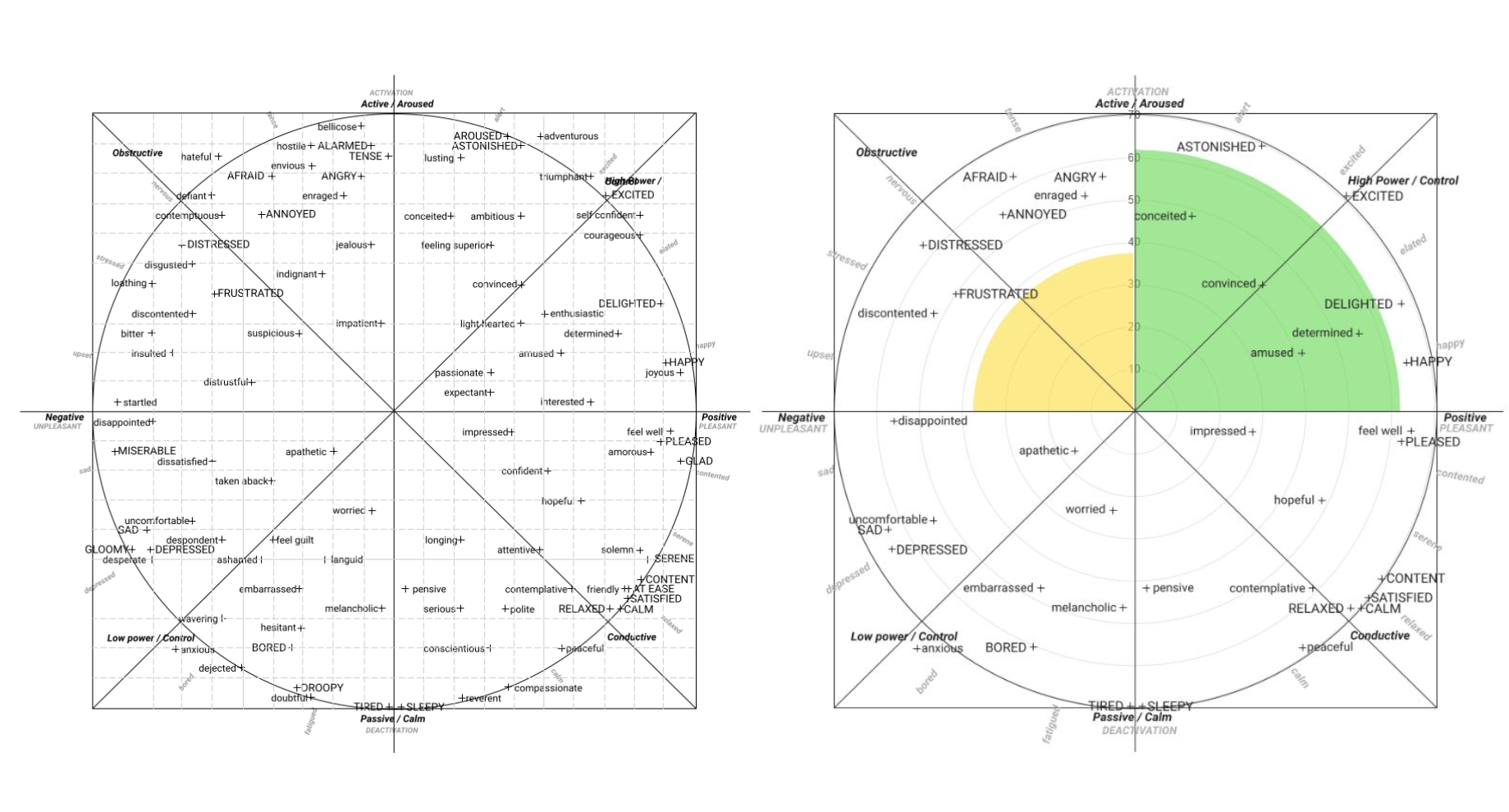The cost of AI emotion recognition software can be a key consideration for businesses and organizations seeking to integrate this powerful tool into their operations. As with any software, the pricing of emotion recognition solutions can vary significantly based on several factors, including the specific features and capabilities offered, the level of customization and scalability required, and the pricing plans offered by different vendors.
- Watson Natural Language Understanding from IBM: Starts at $0.003 per NLU item.
- SkyBiometry: Starts at €50 per month.
- Face++ from Megvii: Starts at $100 per day.
- Kairos: Starts at $19 per month1 (student).
- Azure Face API from Microsoft: Starts at $0.01 per month.
- Emotion Recognition API on RapidAPI: Has various plans, ranging from a free Basic plan to a Mega plan for $249.99 per month. The paid plans also have different rates for additional requests beyond the plan limits.
These prices might vary depending on the volume of usage, specific features required, and other factors. It’s also worth noting that some providers might offer custom plans or enterprise pricing for larger volumes or more complex needs.
How much does MorphCast cost?
MorphCast’s Emotion Recognition software presents indeed a cost-effective solution with multiple pricing plans. The Basic plan, offered for free, provides up to 33 hours of usage or streaming per month. For more extensive needs, there’s a Plus plan priced between 5 to 12 Euros per month, allowing up to 100 hours of usage. For those requiring unlimited access, the Pro plan ranges from 9 to 29 Euros per month, with the price varying based on the selected product. MorphCast’s pricing structure is particularly noteworthy for its dynamic and automatic model. This innovative approach eliminates fixed costs, enabling an automatic switch between plans based on actual usage. This means users can effortlessly transition to a free service during periods of lower demand, ensuring cost-effectiveness and convenience. It’s also notable that it offers a client-side processing solution, which could offer additional benefits like reduced latency and increased privacy.
What factors to consider when choosing?
When evaluating AI emotion recognition software, there are several factors to consider beyond just the cost. These include:
- Accuracy: How accurately can the software detect and analyze emotions? This is usually measured using metrics like precision, recall, and F1 score.
- Real-time capabilities: Can the software perform emotion recognition in real time, or does it require post-processing? Real-time capabilities might be important for applications like interactive systems, customer service, or live events.
- Ease of integration: How easy is it to integrate the software into existing systems? This can include considerations like the availability of APIs, SDKs, or other development tools, as well as the compatibility with different programming languages or platforms.
- Scalability: Can the software handle large volumes of data or many concurrent users? This might be important for applications with high traffic or large-scale deployments.
- Privacy and security: How does the software handle sensitive data like facial images or emotion data? This can include considerations like data encryption, privacy policies, and compliance with regulations like GDPR.
- Support and documentation: Is there comprehensive documentation and good customer support available? This can help resolve any issues or questions that arise during the integration and use of the software.
- Customizability: Can the software be tailored to specific needs or applications? This might include custom emotion models, configurable settings, or other customization options.
- Versatility: Can the software recognize a wide range of emotions, or is it limited to a few basic ones? Some applications might require the detection of complex or subtle emotions.
- Cross-platform compatibility: Can the software be used on various operating systems and devices? This could be important for applications that need to be deployed across a variety of platforms.
- Client-side vs server-side processing: Does the software perform processing on the client side or the server side? Client-side processing can offer benefits like reduced latency and increased privacy.
Remember, the importance of each of these factors can depend on the specific needs and constraints of your project or application. Therefore, it’s a good idea to consider all of these aspects when choosing an AI emotion recognition software.
Did you find this article interesting? Read more about the best facial recognition softwares on the market in 2023!




